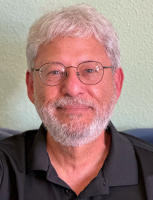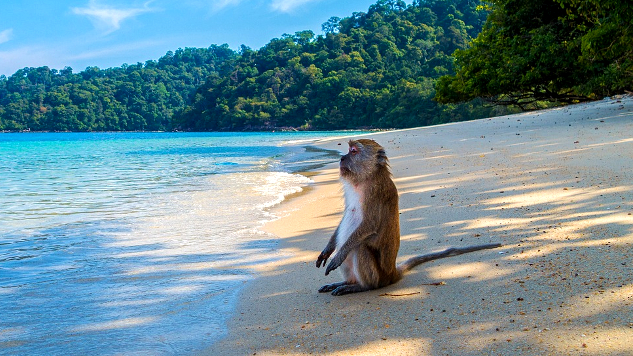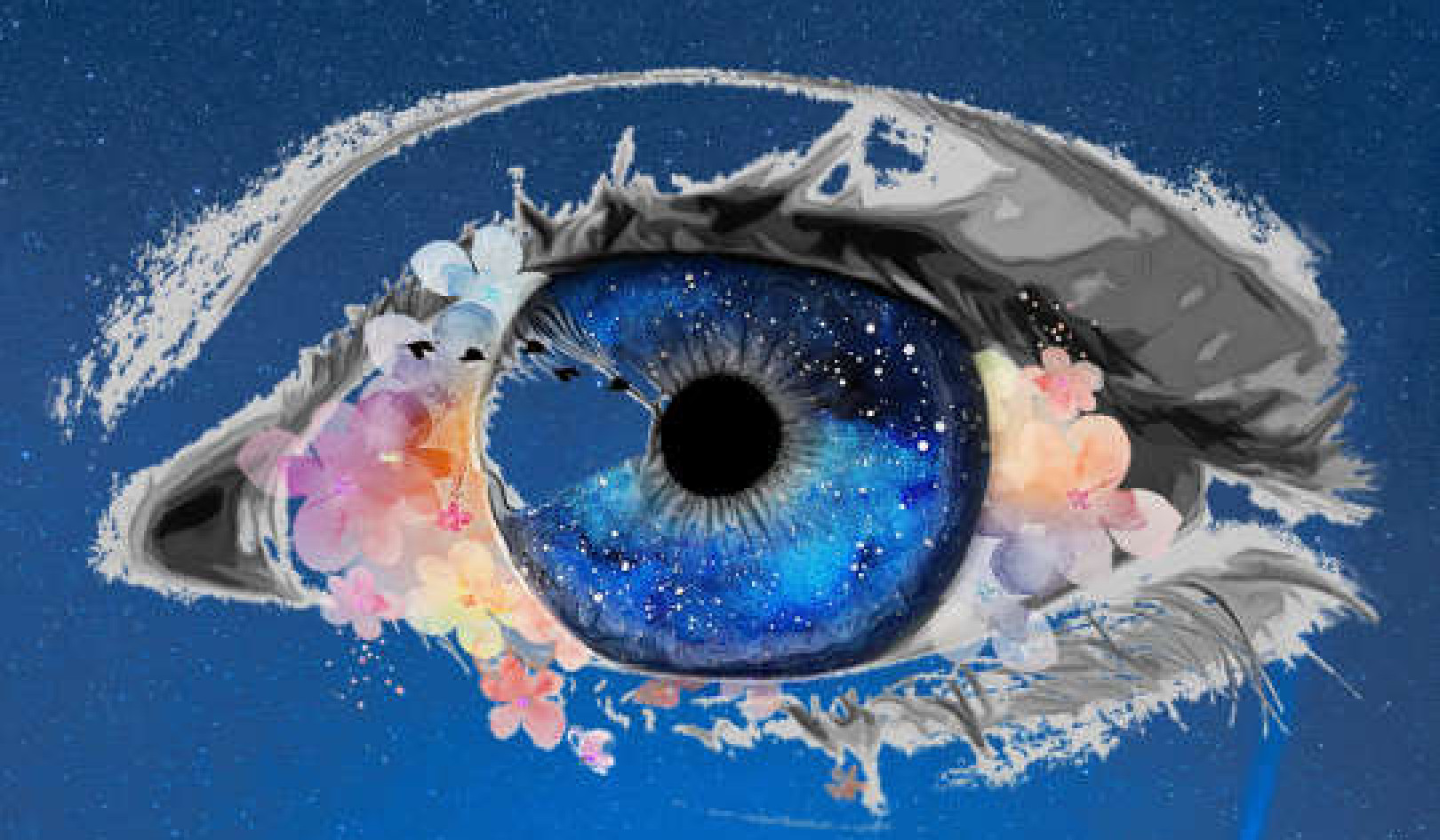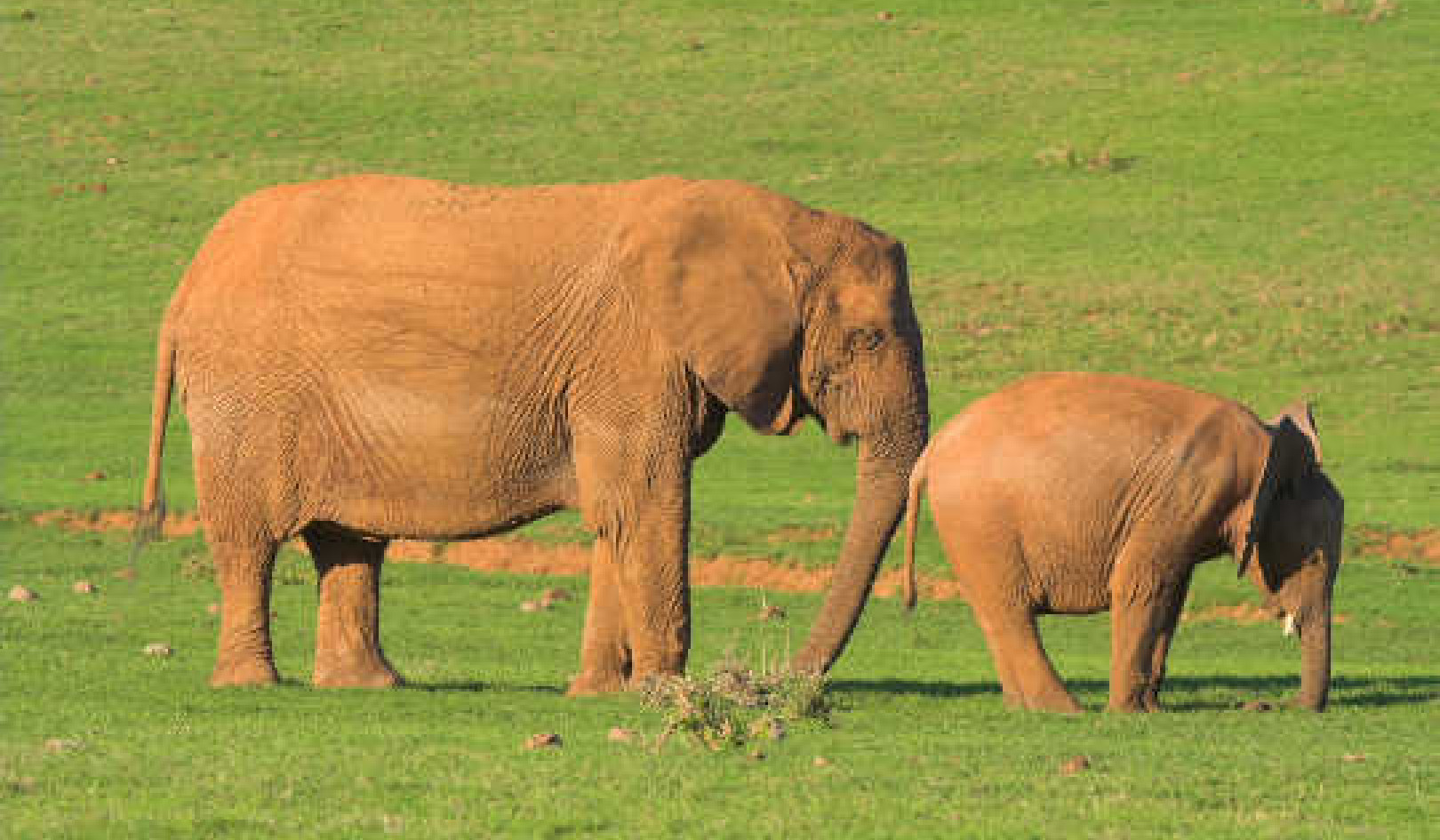“No-thought” comes from a Zen expression that literally means “the mind without the mind.” This refers to a mind that is calm, balanced, and unoccupied by self-centered thoughts or emotion and therefore open to everything.
As you relax, attend to the racing thoughts your mind is producing in the moment. Is there a physical sensation to this movement? Focus on that sensation instead of the content of the thoughts. Link your breathing to the movement sensation. Can you slow this movement by slowing your breathing rate? As your breathing slows, your racing thoughts should slow. With practice, the sensation of movement will stop completely.
Stop Monkey Mind exercises, practiced anywhere, can lead to this experience, whereby the uncontrolled mind is no longer chaotically moving from one thought stream to the next and the chattering has muted or stopped. The mind is calm and silent. The container is infinite, and problems no longer feel like problems but as opportunities.
Original Mind and Natural Spirituality
Understanding how to control your chaotic mind and seeing that it is a reality you can create allows you to build a path to live without fear, obsessive thoughts, and anxiety. This understanding helps guide you back to that Original Mind with which you were born and is your birthright. And in doing so, returns you to a natural state of creative living. Regaining this mind is a return to an amazing journey—the journey you started on but somehow got off track.
When you make this reconnection, the drudgery and negativity of life, controlled by obsessive and self-centered rumination, takes on a fresh perspective. It may even bring forth an expression of spirituality of unlimited potential. All these changes happen if you understand the problem and practice self-parenting and present-moment centering to transform the mind from ego-based or self-centered thinking to one focused on creative living.
The Infinitely “Enlightening” Experience
Many individuals experience creative living with a mind free from ego, and in that experience find a sense of being that I call natural spirituality. For many, this freedom happens effortlessly; for others, such realization requires a sustained practice to overcome the negative habits of the uncontrolled mind. This Original Mind is available to anyone at any age and in any culture.
When awakened to that reality, the realization becomes the foundational step for a natural spirituality. This term is an off-putting expression because it elicits thoughts of religion. But natural spirituality is best understood as the creative urge to search for the sacred from different perspectives.
In its purest essence, natural spirituality is being in synchrony with nature. Or, as Emily Dickinson so eloquently described in her 1863 poem, “Nature is What We See”: it is what we see, what we hear, what we know. We have no art to say, she continues, since our wisdom is impotent to Nature’s simplicity.
In 1953, K.Y., a Japanese executive, visited a monastery in Japan headed by Nakagawa-roshi to practice a day of meditation. Philip Kapleau, in his book The Three Pillars of Zen, retells K.Y.’s own account of his experience after returning home:
“At midnight, I abruptly awakened. At first my mind was foggy, then suddenly that quotation flashed into my consciousness, ‘I came to realize clearly that Mind is no other than mountains and rivers and the great wide earth, the sun and the moon and the stars.’ And I repeated it. Then all at once I was struck as though by lightning, and the next instant heaven and earth crumbled and disappeared. Instantaneously, like surging waves, a tremendous delight welled up in me, a veritable hurricane of delight, as I laughed loudly and wildly.”
In another story told by Kapleau, A.M., an American schoolteacher, attended a weeklong sesshin. A sesshin is a period of intense meditation, in this case in a Zen monastery. In 1962, A.M. attended a sesshin with Yasutani-roshi in Hawaii, prior to his visit to the U.S. mainland. At the end of the week of intense effort, the school teacher reported that,
“A lifetime has been compressed into one week. A thousand new sensations are bombarding my senses, a thousand new paths are opening before me. I live my life minute by minute, but only now does a warm love pervade my whole being, because I know I am not just my little self but a great big miraculous Self. My constant thought is to have everybody share this deep satisfaction.”
These types of realization or enlightenment experiences are still unusual stories for a Western audience. Exotic and distant echoes surround them and they are not relatable to most people. Yet, these are all stories of freedom. Of a mind suddenly freed from the mental cage of ego-based rumination. They are, in fact, descriptions of the transformative experience when the chaotic mind is controlled and returns to being Original Mind; a mind that exhibits creativity, wisdom, and joy.
Original Mind Knows What To Do
As many of these stories tell over and over, Original Mind knows what to do and how to do it. Its wisdom lies in being able to perceive significant challenges, whether simple or complex, and knowing how to address them. It will call forth the innate skills needed to resolve those challenges. It will know how well you are doing and will respond this way, whether free from distractions or inundated by them. But to reach this mindset, you need to first undo the ego that obscures it.
Craig Hamilton, a modern-day spiritual teacher, describes awakening not as a state of consciousness, nor a thought, but the realization of what you are, your true nature. We come to recognize that who we are is not this limited, separate ego-self or any of the thoughts and feelings that we identified with earlier.
Awakening is the extinguishing of this ego-thinking. It occurs when we realize that who we are at the deepest level is something much bigger and more profound than who we thought we were. We sense a kind of awareness, intelligence, love, being, and presence that is the foundation of reality itself.
This presence is already free, whole, and perfect. Who we are is an aspect of this sacred dimension of reality. One that is beyond intellectual comprehension, yet somehow, we “know” it and know it is missing nothing, lacking nothing, and overflows with love, wisdom, power, and clarity.
Hamilton claims, as have many others, that awakening is not just the realization that God, or whatever we want to call this ultimate experience, exists, but the realization that That essence is what we are. The thing we were always seeking and putting outside ourselves is actually our true nature. This understanding shatters every conscious or nonconscious belief we’ve had in our own limitation. It destroys every sense of lack, of not being enough, of feeling there is somewhere else we need to get to. You realize that the whole thing is already here.
I Already Am That
Awakening is when you sense the essence of everything as sacred, beyond measure and glorious, beyond comprehension. Such an experience can be as brief as a thought or as lasting as a lifetime. The difference is how complete the extinguishment of the ego-self is. Which is why, for most of us, the practice must continue throughout our entire life.
There are remarkable stories of individuals who, like those in the enlightenment stories of Philip Kapleau, suddenly or not so suddenly uncover their Original Mind. They find their way to freedom in a variety of ways, even in old age.
Stop Monkey Mind: Practice Your ABCs
Practicing with A Bigger Container (ABC) means using imagination and creative mindfulness to reduce the magnitude and saliency of obsessive thoughts.
As you relax and still your mind, identify the thought that is dominant. Visualize this thought (e.g., “I am afraid”) stuffed into a small container with room for only that one thought. That is your common experience, and in that context, the thought commands ALL your attention.
Now, imagine moving the contents of the small container into a much larger container (the larger you imagine the container, the better; imagine, for example, it being the size of the universe). In this larger container, the bothersome thought represents a very tiny aspect of the contents, an almost invisible part you can easily ignore, allowing you to attend to other things.
Stay visualizing this larger box and the emptiness of feeling you sense. Let the experience of that refreshing emptiness flood your entire being.
Copyright 2023. All Rights Reserved.
Printed with permission of the author.
Book by this Author: Controlling Mental Chaos
Controlling Mental Chaos: Harnessing the Power of the Creative Mind
by Jaime Pineda, PhD.
 Readers will learn how to use simple, time-tested techniques to control anxiety and recover their creative nature.
Readers will learn how to use simple, time-tested techniques to control anxiety and recover their creative nature.
For centuries, spirituality has told us that the answer to life’s problems lies within us, if only we would realize that we are more than what we imagine. Now, scientific understanding is showing us the way. Jaime Pineda teaches us how to recognize the basic problem and find the solution through a series of steps and techniques that help bring us out of the loops and recover a cleaner mindset that enables us to move beyond the static of anxiety.
For more info and/or to order this hardcover book, click here. Also available as a Kindle edition.
About the Author
 Jaime A. Pineda, PhD is Professor of Cognitive Science, Neuroscience, and Psychiatry at the University of California, San Diego, and the author of many widely cited papers in animal and human cognitive and systems neuroscience, as well as two books of poetry on mind-brain relationships with an emphasis on spirituality, mysticism, environmentalism, and social activism.
Jaime A. Pineda, PhD is Professor of Cognitive Science, Neuroscience, and Psychiatry at the University of California, San Diego, and the author of many widely cited papers in animal and human cognitive and systems neuroscience, as well as two books of poetry on mind-brain relationships with an emphasis on spirituality, mysticism, environmentalism, and social activism.
Learn more at the author’s website. His new book is Controlling Mental Chaos: Harnessing the Power of the Creative Mind.


























